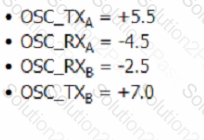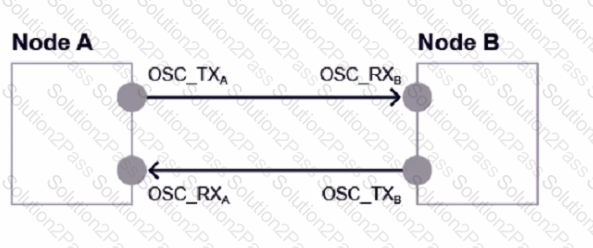4A0-265 Nokia Optical Diagnostics and Troubleshooting Exam Free Practice Exam Questions (2025 Updated)
Prepare effectively for your Nokia 4A0-265 Nokia Optical Diagnostics and Troubleshooting Exam certification with our extensive collection of free, high-quality practice questions. Each question is designed to mirror the actual exam format and objectives, complete with comprehensive answers and detailed explanations. Our materials are regularly updated for 2025, ensuring you have the most current resources to build confidence and succeed on your first attempt.
Which of the following issues can cause a "Loss too low" message to be displayed after a power adjustment has been provided?
On a bidirectional optical amplifier configuration, which of the following are Wavelength Tracker detection points?
Suppose a node is experiencing a little unexpected attenuation over the Optical Supervisory Channel (OSC) transmit direction. Which of the following statements is FALSE?
Which of the following statements about using Nokia product documentation in the troubleshooting process is TRUE?
Which of the following statements best describes the Forward Error Correction (FEC) technique?
Which of the following statements best describes the output of the command: show xc 1?
Which of the following commands is used to retrieve the total output power level?
Consider the exhibit which shows an EPT Power Management Report referring to an ingress amplifier. What is the available output optical power range?

Which of the following statements about 1-Day PMs is TRUE?
Consider the exhibit. Given the following power readings, what is the calculated span loss from Node A to Node B?


Which of the following is NOT a characteristic of an Optical Supervisory Channel Loss of Signal (OSC LOS) issue, in case that no "LD Input LOS" alarms are raised against the involved amplifiers?
Which of the following statements about the alarm masking mechanism is TRUE?
